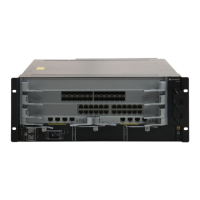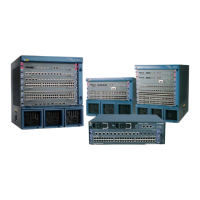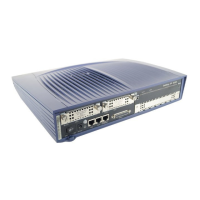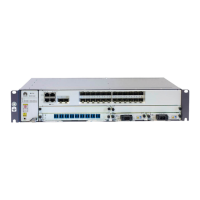2.1 Introduction to Link Aggregation
This section describes the concept of link aggregation.
Link aggregation refers to a method of bundling a group of physical interfaces into a logical
interface to increase bandwidth. It is also called multi-interface load sharing group or link
aggregation group. For details, refer to IEEE802.3ad.
By setting up a link aggregation group between two devices, you can obtain higher bandwidth
and reliability. Link aggregation provides redundancy protection for communication among
devices without upgrading the hardware.
2.2 Link Aggregation Supported by the S7700
This section describes link aggregation features supported by the S7700.
Manual Load Balancing Mode
In load balancing mode, you can manually add member interfaces to the link aggregation group.
All the interfaces configured with load balancing are in forwarding state. The S7700 can perform
load balancing based on destination MAC addresses, source MAC addresses, source MAC
address exclusive-or destination MAC address, source IP addresses, destination IP addresses,
source address exclusive-or destination IP address, or in enhanced mode.
You must set up the Eth-Trunk and add an interface to the Eth-Trunk manually. The Link
Aggregation Control Protocol (LACP) is not used.
The manual load balancing mode is usually used when the peer device does not support LACP.
Static LACP Mode
The static LACP mode is a link aggregation mode in which the two parties negotiate aggregation
parameters by exchanging LACP packets. After the negotiation, the two parties determine the
active interface and the inactive interface. In static LACP mode, you need to create an Eth-Trunk
manually and add members to the Eth-Trunk. The active interfaces and inactive interfaces are
determined by LACP negotiation.
The static LACP mode is also called the M:N mode. In this mode, links can implement load
balancing and redundancy at the same time. In a link aggregation group, M links are active and
they forward data in load balancing mode. N links are inactive and they function as backup links.
The backup links do not forward data. When an active link fails, the backup link with the highest
priority replaces the failed link to forward data and its status changes to active.
In static LACP mode, some links function as backup links. In manual load balancing mode, all
member interfaces work in forwarding state to share the traffic. This is the main difference
between the two modes.
Link aggregation can also be implemented in dynamic LACP mode. In dynamic LACP mode,
LACP creates the Eth-Trunk and adds member interfaces automatically without human
intervention. This mode is easy for users, but is too flexible and hard for management; therefore,
the S7700 does not support dynamic LACP mode.
Quidway S7700 Smart Routing Switch
Configuration Guide - Ethernet 2 Link Aggregation Configuration
Issue 01 (2011-07-15) Huawei Proprietary and Confidential
Copyright © Huawei Technologies Co., Ltd.
18

